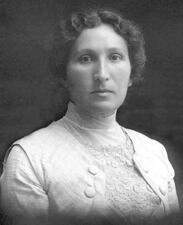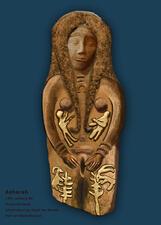
Asherah/Asherim: Bible
Dora Askowith
Dora Askowith, author, historian, and college educator, believed that a knowledge of Jewish women’s history would serve as a catalyst for organization, activism, and moral leadership. She taught women at Hunter College for a total of forty-five years and wrote that she was anxious to teach college students Jewish history because they were “poorly versed in the history of their own faith.”

Assimilation in the United States: Nineteenth Century

Assimilation in the United States: Twentieth Century
Jewish women assimilating into a changing American society across the twentieth century navigated often conflicting gender roles. As they strove to achieve upward social mobility, they adapted Jewish assumptions of what women, especially married women, should do to accommodate American norms for middle class women. Their collective accomplishments registered in political activism, organizational creativity, strong support for feminism, religious innovation, and educational achievement in the face of antisemitism, stereotypes, and denigration.
Associazione Donne Ebree D'Italia (ADEI)
The Association of Italian Jewish Women, or ADEI, was founded in 1927 in the city of Milan, Italy, home to the second largest Jewish community in the country.
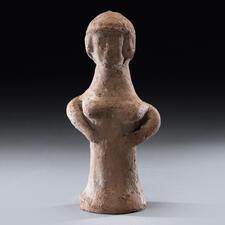
Astarte: Bible
Astarte is the Greek form of the name Ashtart, who, along with Asherah and Anath, was one of the three great goddesses of the Canaanite pantheon. Astarte is well known as a goddess of sexual love and fertility but also has associations with war.

Athaliah: Bible
Queen Athaliah lived in the ninth century B.C.E. and was the wife of Jehoram of Judah. After her son’s brief rule, she kills the remaining members of the dynasty and reigns for six years, when she is overthrown. She is viewed negatively in scripture, which describes her actions as wicked, and her ability to harness power is not mentioned.
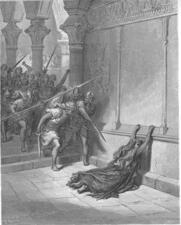
Athaliah: Midrash and Aggadah
Athaliah was one of the few women to rule Israel, which she did for six years. She was very powerful and is described as evil, as she radically changed traditional practices and executed almost all of the members of the Davidic lineage.
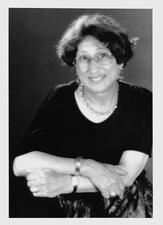
Liliane Atlan
Liliane Atlan (1932-2011) was a post-World War II French Jewish writer whose stylistically innovative plays, poetry, and narratives represent themes rooted in Jewish tradition. In a literary world shattered by the reality of the death camps, Atlan questions Messianic faith, patriarchal values, and humanistic philosophy.
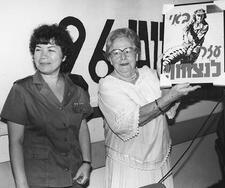
ATS and WAAF in World War II
During World War II, only when the Yishuv’s Council of Women’s Organizations called for the recruitment of women was an agreement reached with the British authorities to enlist women living in Palestine into the forces. The first to join were in the ATS (Auxiliary Territorial Serivce) followed by the WAAF (Women’s Auxiliary Air Force).
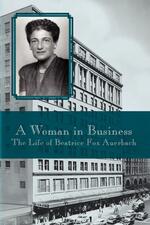
Beatrice Fox Auerbach
People who shopped or worked at G. Fox and Company in Hartford, Connecticut, from the 1930s to the 1960s have fond memories of Beatrice Fox Auerbach and her department store. Auerbach, who became president of G. Fox and Company after her father died, was a talented executive, and the company became the largest privately owned department store in the country.
Charlotte Auerbach
After leaving Nazi Germany in 1933, Charlotte Auerbach settled at the University of Edinburgh, where she was a beloved professor and a groundbreaking researcher. Her discovery about the effect of mustard gas on gene mutation received worldwide acclaim and she became renowned for her profound knowledge of classical genetics, especially of mutation.
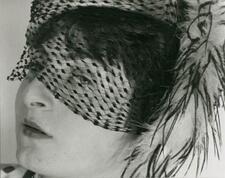
Ellen Auerbach
The life of Ellen Auerbach was a constant journey of self-discovery. Auerbach was remarkable both for her avant-garde photography and for her innovative ringl+pit studio where she and fellow artist Grete Stern worked collaboratively. In addition to photography, Auerbach m,ade short films and worked as an educational therapist with learning-disabled children.
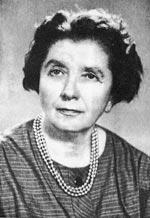
Rokhl Auerbakh
Rokhl Auerbakh (1903–1976), a member of the Polish-Jewish literary elite, ran a soup kitchen in the Warsaw Ghetto while simultaneously recording the voices of its captive inhabitants in her writing. She ultimately survived the war by passing herself off as an "Aryan," and went on to found the Department for the Collection of Witness Testimony at Yad Vashem in Jerusalem.
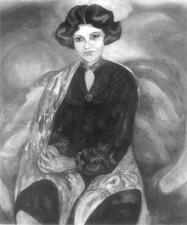
Rose Ausländer
Rose Ausländer was an acclaimed German-language poet, whose poetry reflects her awe for the natural world, her experience during the Holocaust, her travels through Europe, and the close relationships she had with friends and family, particularly her mother. The bulk of Ausländer’s work was published after 1965, when she settled in Düsseldorf, Germany.

Australia: 1788 to the Present
The first Jewish women, like the first Jewish men, arrived in Australia on the very first day of European settlement in 1788. Those convict pioneers were followed by free settlers who made Jewish communal and congregational life viable and helped to develop the vast continent. Jewish women have made significant contributions to Australia's national story.
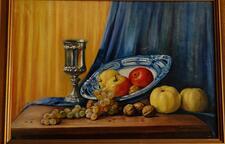
Austria: Jewish Women Artists
Most Jewish women artists from Austria have been forgotten due to the male domination of the Austrian art sphere and the Holocaust. However, many Jewish female artists in Austria created influential work and established their own system of education and their own organizations, leading to a flourishing female art world until 1938.
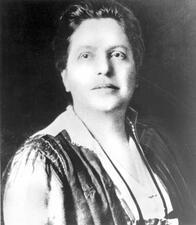
Autobiography in the United States
As the status and roles of women in American and Jewish life changed over the twentieth century, more and more American Jewish women turned to autobiographical writing as a means of documenting these changes and addressing questions of American, Jewish, and female identity. Jewish women created accounts of the immigrant experience, feminist or activist involvement, political and literary involvement, Holocaust survival narratives, as well as coming-of-age memoirs.
Sophie Cahn Axman
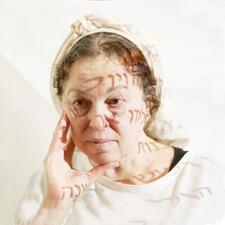
Helène Aylon
Helene Aylon was an American, New York-based, multimedia visual artist who began by creating process art in the 1970s, focused on anti-nuclear and eco-activist art by the 1980s, and subsequently devoted more than 35 years to the multi-partite installation The G-d Project. This last body of work’s often direct or indirect textuality resonates from and responds to Judaism’s traditionally male-dominated textuality as part of a larger commentary on women in Judaism.
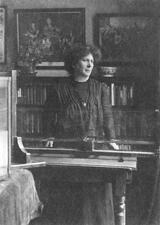
Hertha Ayrton
Hertha Ayrton was a distinguished British scientist who was the first woman to receive the Hughes Medal of the Royal Society for a scientific work that was exclusively her own. She was committed to suffrage activism and ensuring proper recognition of women’s scientific work.
